Why Your Energy Drink Choice Matters
The Truth About Energy Drinks: Why You Need to Check the Label
Energy drinks have become a popular choice for busy individuals seeking an instant boost to power through their day.
From students pulling all-nighters to athletes chasing peak performance, these beverages promise an energy edge. However, what’s in the can you’re consuming? Understanding the labels of energy drinks is essential for making informed decisions about your health.
With ingredients like high levels of caffeine, artificial sweeteners, and additives, it’s crucial to evaluate both the benefits and potential risks.
A Word of Caution: Know the Risks of High Caffeine
While caffeine is a powerful stimulant that can enhance focus and energy, excessive consumption can lead to dependency, jitters, increased heart rate, and even dehydration.
The FDA suggests limiting caffeine intake to 400 mg daily—roughly the amount found in 4-5 cups of coffee.
With some energy drinks packing as much as 300 mg of caffeine per can, it’s easy to exceed safe levels, especially when combined with other caffeinated products.
Always check the caffeine content and consider whether the short-term boost is worth the long-term impact.
Let’s break down the pros, cons, and key differences of some of the most popular energy drinks available today.
Product Reviews: Pros, Cons, and Key Differences
1. C4 Jolly Rancher
- Pros: Contains Beta-Alanine and BetaPower, which may enhance physical performance. Low in calories and sugar-free.
- Cons: Moderate caffeine content (200 mg) may still cause dependency if consumed frequently.
- Key Difference: Designed for fitness enthusiasts with ingredients tailored for endurance and muscle performance.
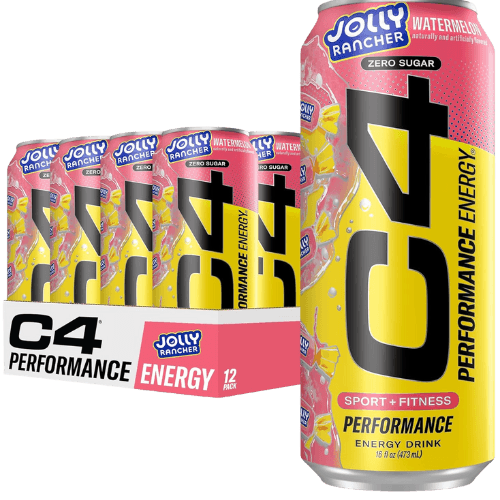
2. Alani Nu
- Pros: Contains taurine and L-theanine for enhanced focus and calm energy. Low sodium and no sugar.
- Cons: Caffeine (200 mg) may not suit those sensitive to stimulants.
- Key Difference: Aimed at mental clarity alongside physical energy.
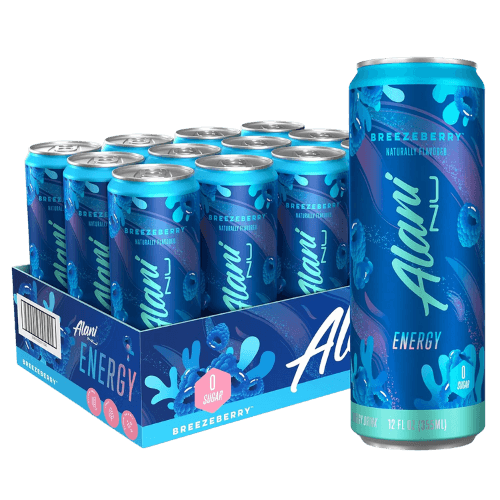
3. Bang Sour Heads
- Pros: High caffeine (300 mg) for maximum energy boost. Includes essential amino acids for muscle support.
- Cons: Excessive caffeine may lead to dependency and jitters. Lacks natural ingredients.
- Key Difference: Heavy hitter in the energy category but may over-deliver for casual users.

4. G Fuel
- Pros: Contains L-theanine and taurine, known for promoting calm energy. Only 140 mg of caffeine, making it more suitable for moderate consumers.
- Cons: Artificial sweeteners and additives might not appeal to natural-living advocates.
- Key Difference: Balances energy and focus without overwhelming caffeine levels.
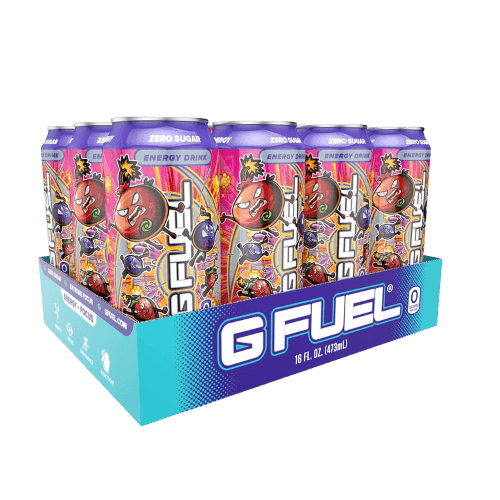
5. ZOA
- Pros: Infused with green coffee and turmeric for a natural energy boost. Low calories and high in Vitamin B12.
- Cons: Slightly high sodium (110 mg) for a health-conscious option.
- Key Difference: Positioned as a healthier alternative with a focus on natural ingredients.
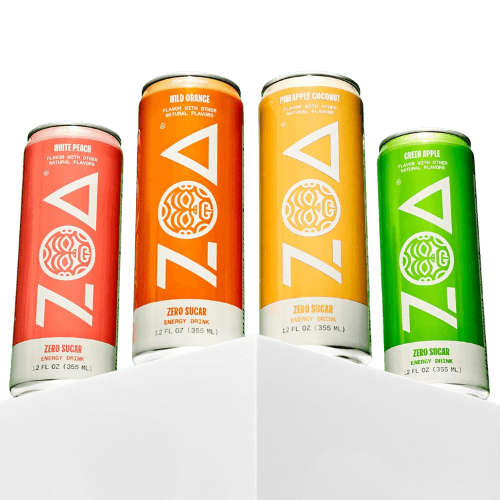
6. Full Throttle
- Pros: High niacin (250% DV) and Vitamin B12 (500% DV) for energy metabolism.
- Cons: Extremely high sugar content (55 g) and 230 calories per can.
- Key Difference: High calorie and sugar load overshadow the energy benefits.
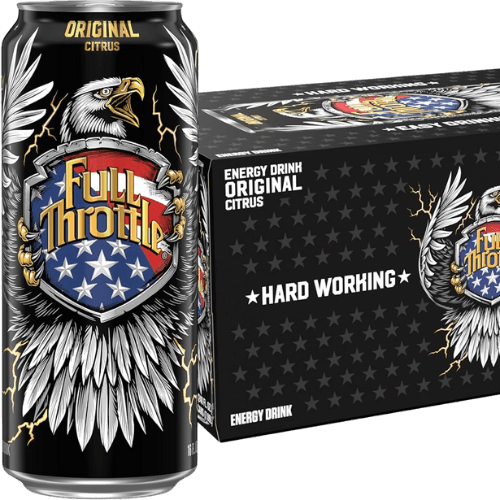
7. ABE Energy
- Pros: Includes cutting-edge ingredients like Dynamine and Citrulline Malate for enhanced energy and endurance.
- Cons: High caffeine (200 mg) and lacks natural elements.
- Key Difference: Appeals to fitness enthusiasts seeking performance benefits.
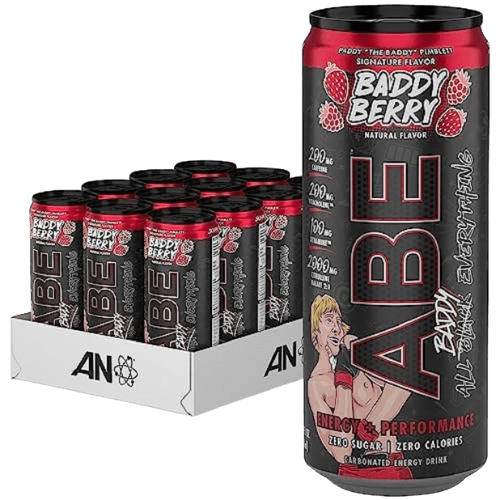
8. Prime Hydration
- Pros: Contains electrolytes and L-theanine, making it ideal for hydration and sustained energy.
- Cons: Limited caffeine (200 mg) may not suit those seeking a stronger boost.
- Key Difference: Focuses on hydration alongside energy.

9. Bucked Up
- Pros: Includes Alpha GPC and Dynamine for cognitive focus. Extremely high Vitamin B12 content (8330% DV).
- Cons: High sodium (200 mg) and caffeine (300 mg) may pose risks for sensitive users.
- Key Difference: Combines cognitive and physical energy support.
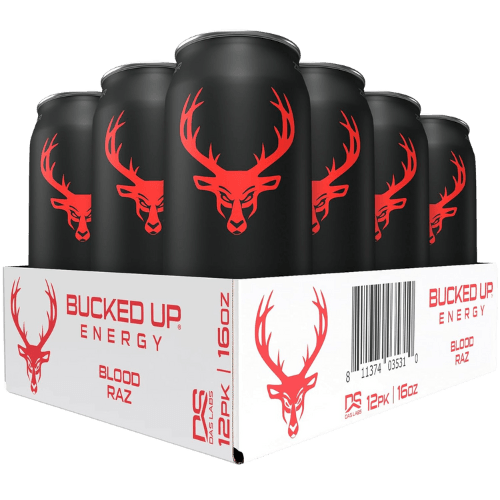
10. Rockstar
- Pros: Contains Panax Ginseng and Guarana Seed for added alertness.
- Cons: High sodium (380 mg) and caffeine (240 mg) could cause dehydration.
- Key Difference: Combines herbal energy sources with a strong caffeine punch.
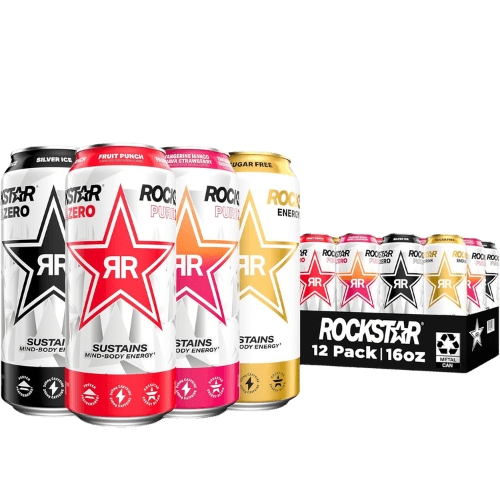
11. Reign Total Body Fuel
- Pros: Contains Coenzyme Q-10 and magnesium lactate for muscle recovery. High niacin (130% DV) and Vitamin B12 (250% DV).
- Cons: High sodium (200 mg) and caffeine (300 mg) may not suit everyone.
- Key Difference: Targets performance and recovery with a robust ingredient profile.
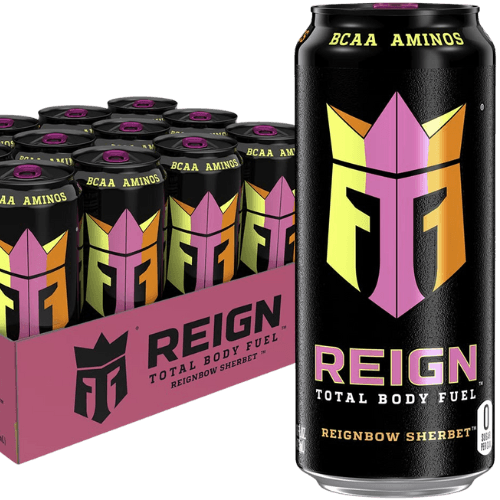
12. Bloom
- Pros: Includes prebiotic fiber and lychee extract for digestive health. Naturally sourced caffeine (180 mg).
- Cons: Lower caffeine may not satisfy high-energy demands.
- Key Difference: Combines energy with gut health benefits.
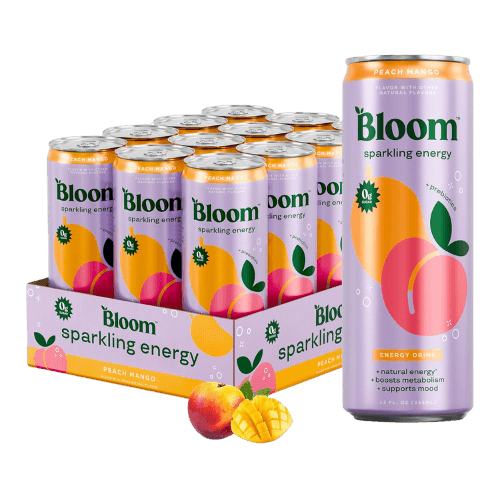
13. Red Bull
- Pros: Moderate caffeine (151 mg) suitable for casual use. Includes aspartame for low-calorie sweetness.
- Cons: Artificial additives may not appeal to natural health enthusiasts.
- Key Difference: Focuses on mainstream appeal with moderate energy support.
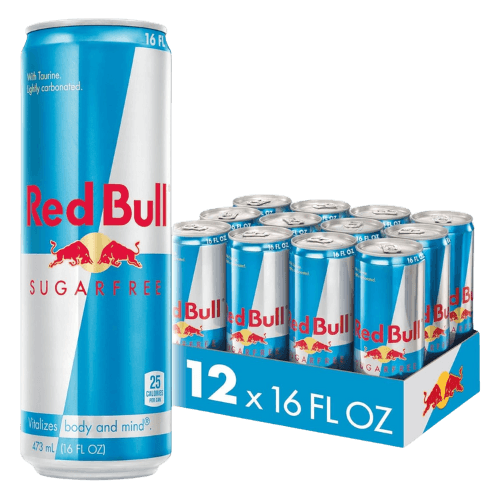
14. Celsius
- Pros: Includes biotin and chromium for energy metabolism. Zero sugar and natural caffeine (200 mg).
- Cons: Minimal hydration benefits compared to electrolyte-focused options.
- Key Difference: Tailored for metabolism and natural energy.
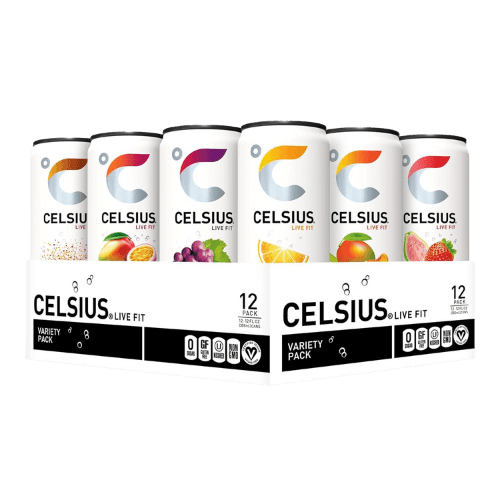
15. Revit Energy
- Pros: Combines pomegranate juice powder and green tea extract for antioxidants. High caffeine (300 mg).
- Cons: Limited availability and niche appeal.
- Key Difference: Balances antioxidants with high-energy output.
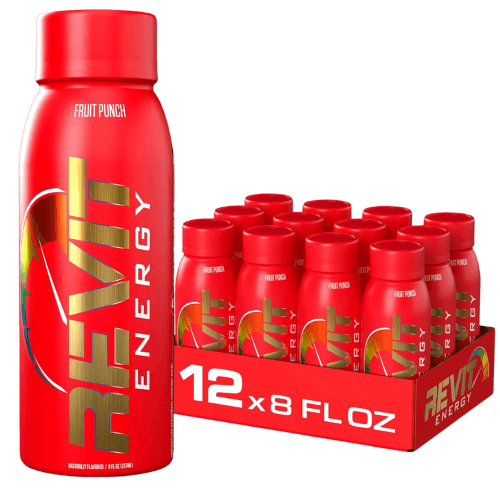
16. NOS
- Pros: High Vitamin B6 (240% DV) and Vitamin B12 (500% DV) for energy conversion.
- Cons: Extremely high sugar (51 g) and calorie content (210).
- Key Difference: Provides a sugar-fueled energy burst.
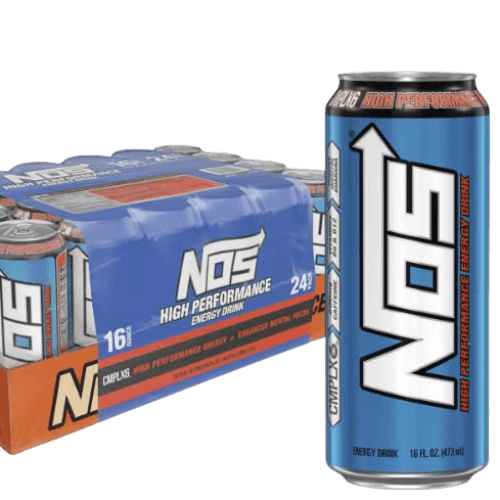
17. Monster Zero Sugar
- Pros: Contains Panax Ginseng and L-Carnitine for natural energy. Zero sugar and 160 mg caffeine.
- Cons: High sodium (380 mg) may not suit all consumers.
- Key Difference: Combines natural ingredients with zero-calorie energy.
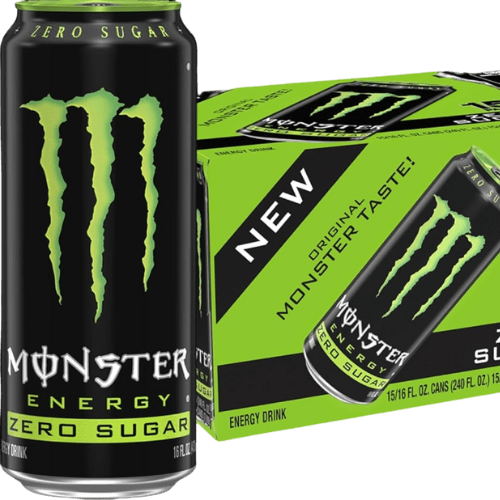
18. MAKE Wellness Energized
- Pros: Fatigue Fighter Peptides target energy at a cellular level. Caffeine from whole coffee fruit ensures a natural boost.
- Cons: May be less accessible compared to mainstream brands.
- Key Difference: Uniquely combines peptides with natural caffeine for sustainable energy.
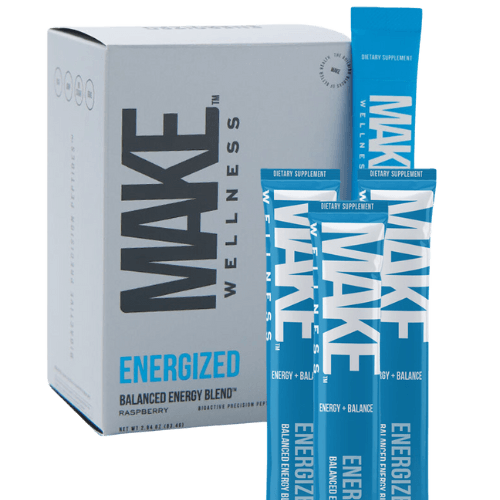
Conclusion: Choosing the Most Holistic Energy Drink
After evaluating the products, it’s clear that most energy drinks rely heavily on high caffeine and synthetic ingredients for their effects.
While options like ZOA and Prime offer natural elements, the standout product for targeting energy at a cellular level is MAKE Wellness Energized.
This unique blend of Fatigue Fighter Peptides and natural caffeine not only boosts energy but also supports long-term cellular health.
By feeding your body what it needs at a foundational level, Energized delivers sustainable benefits without relying on harmful additives or excessive stimulants.
Next time you’re reaching for an energy drink, remember to read the label and make a choice that’s as kind to your body as it is energizing.
For a natural and holistic boost, consider stepping away from the mainstream and exploring products designed with your long-term health in mind.
